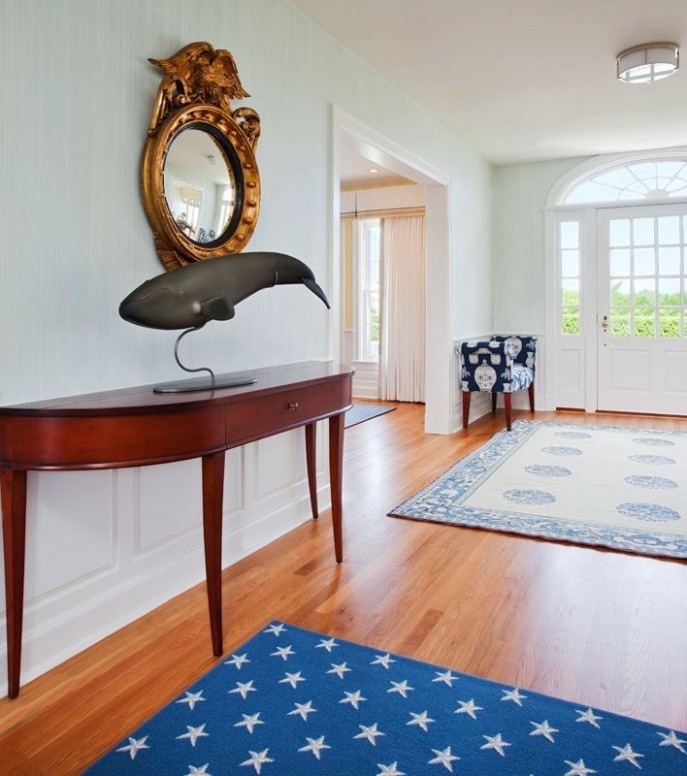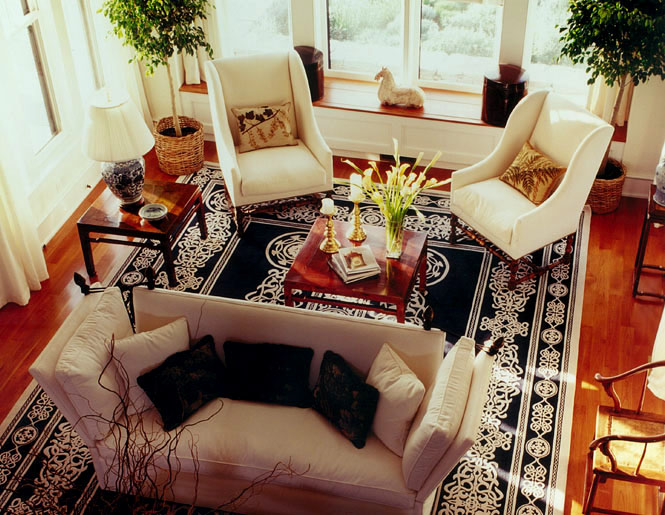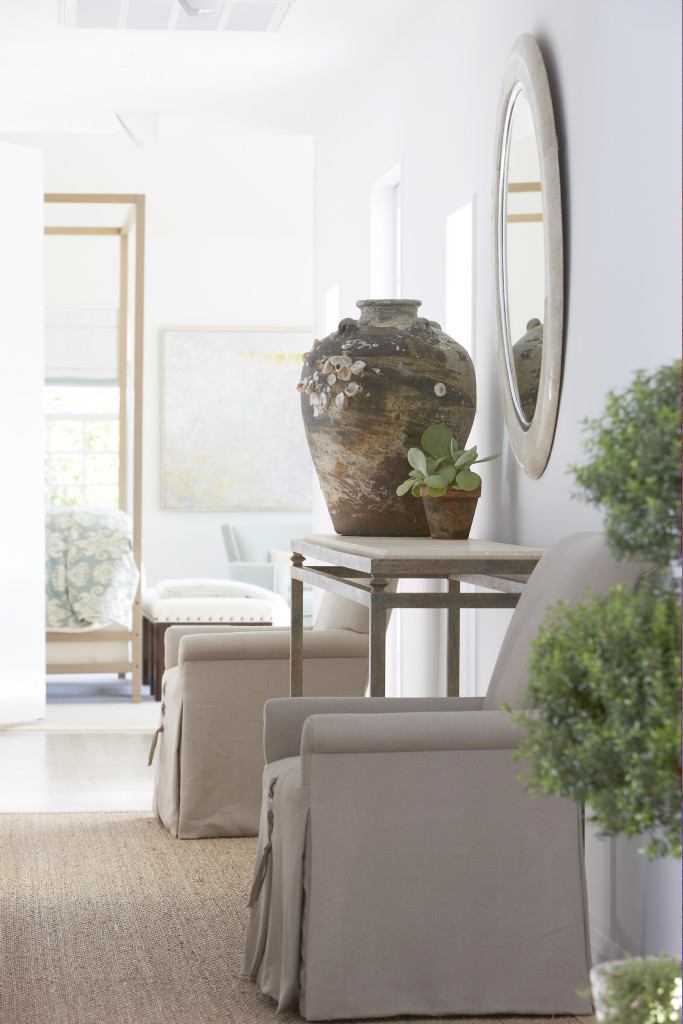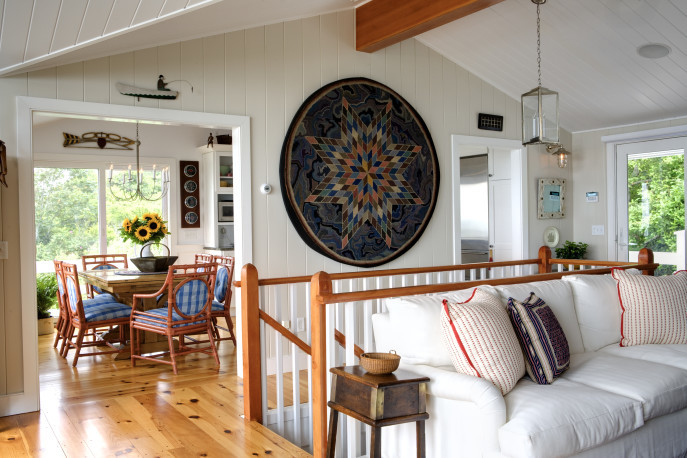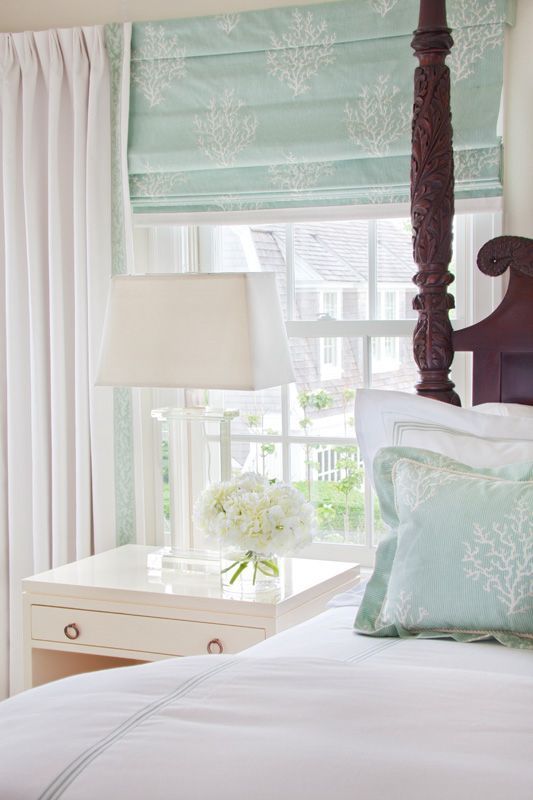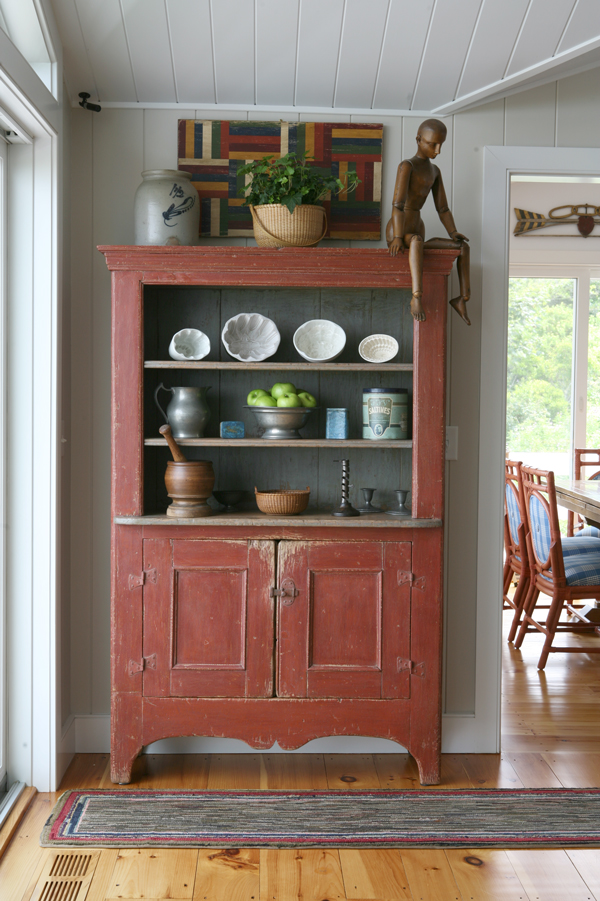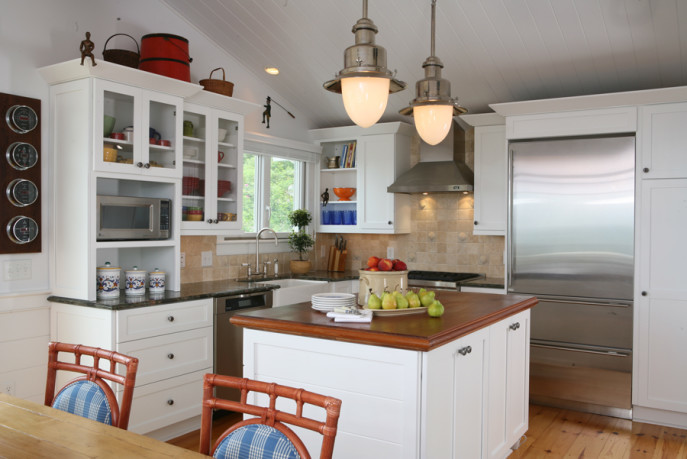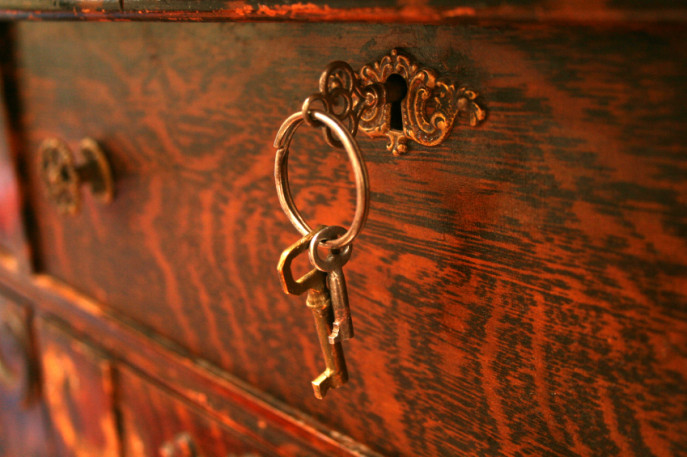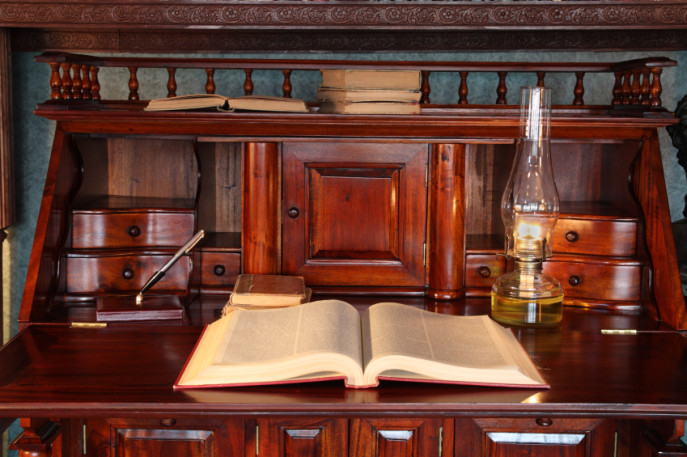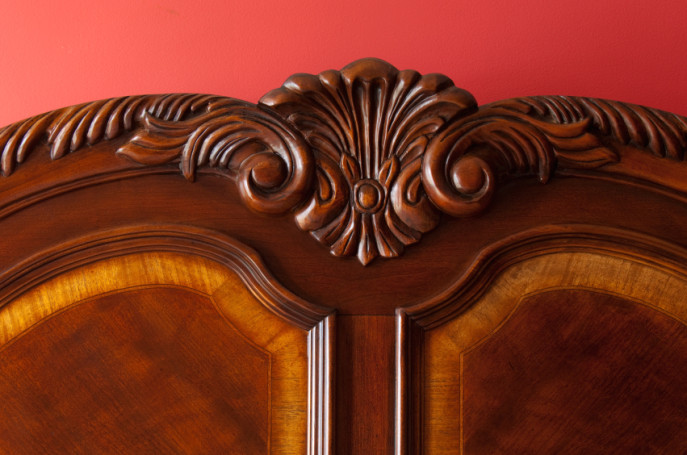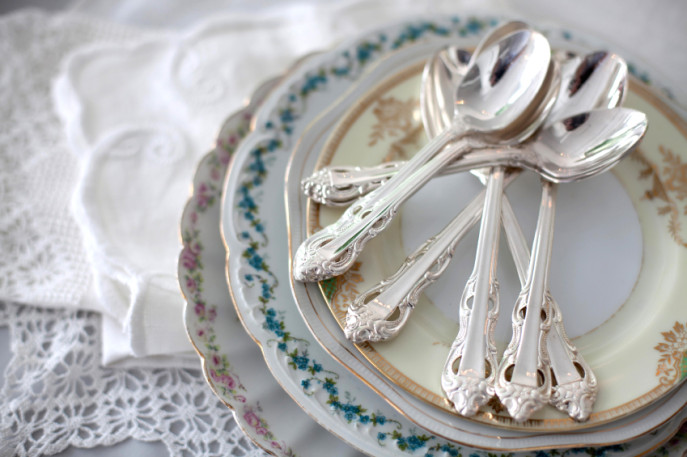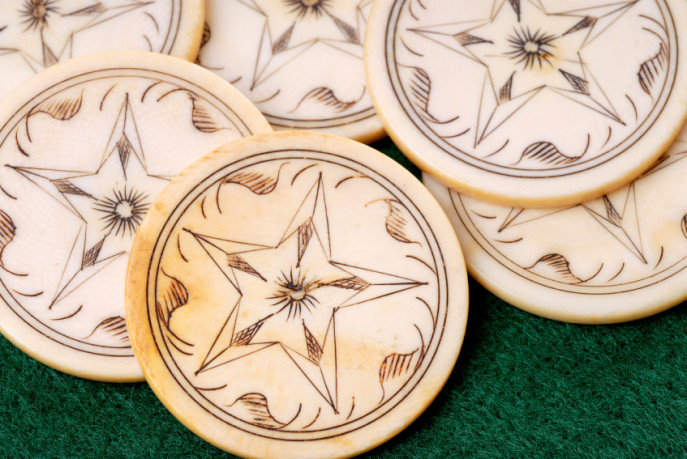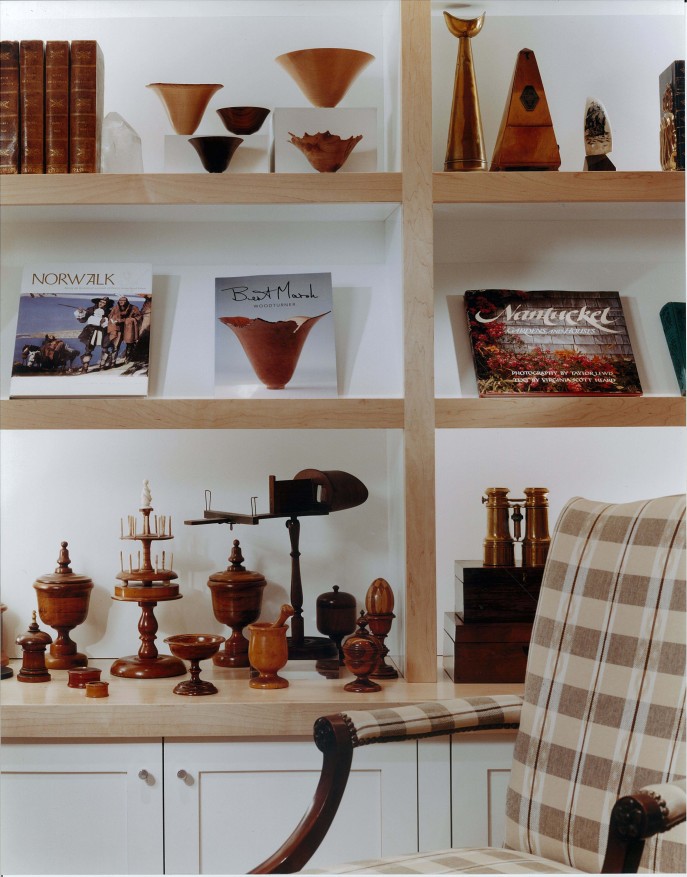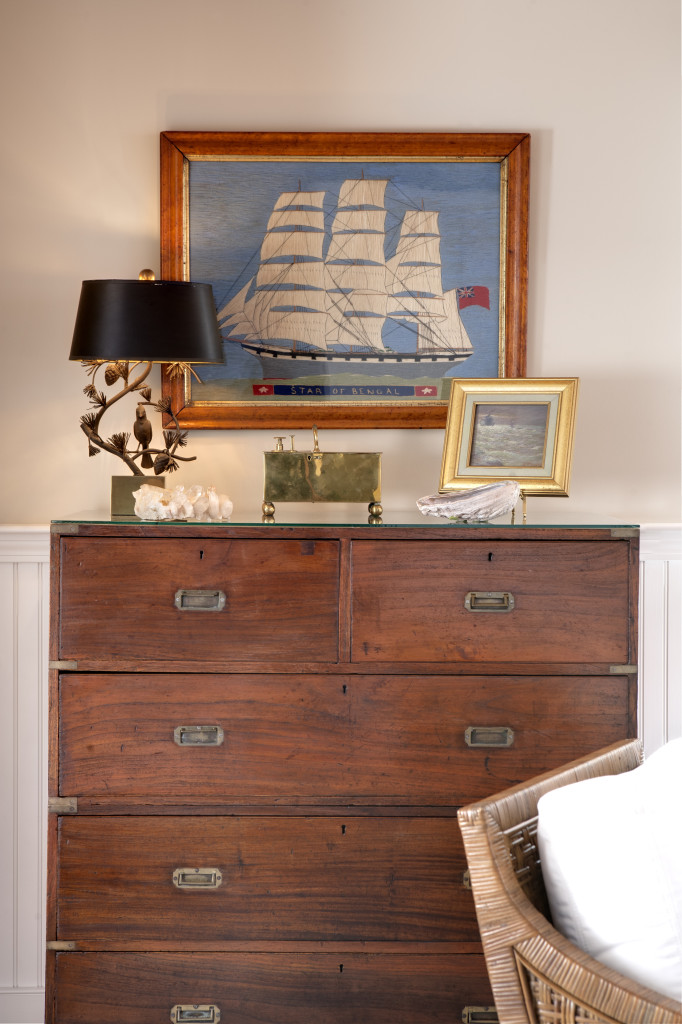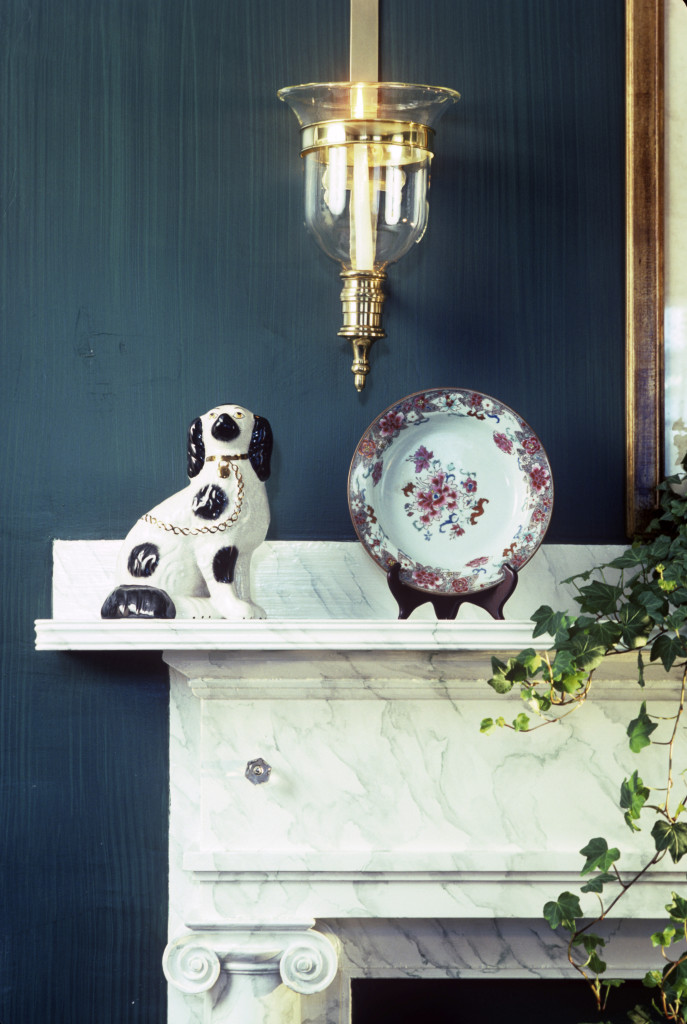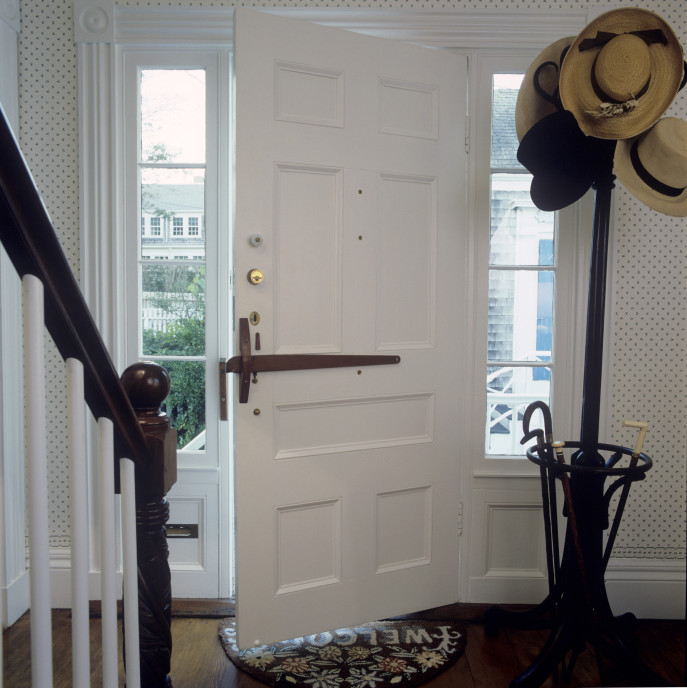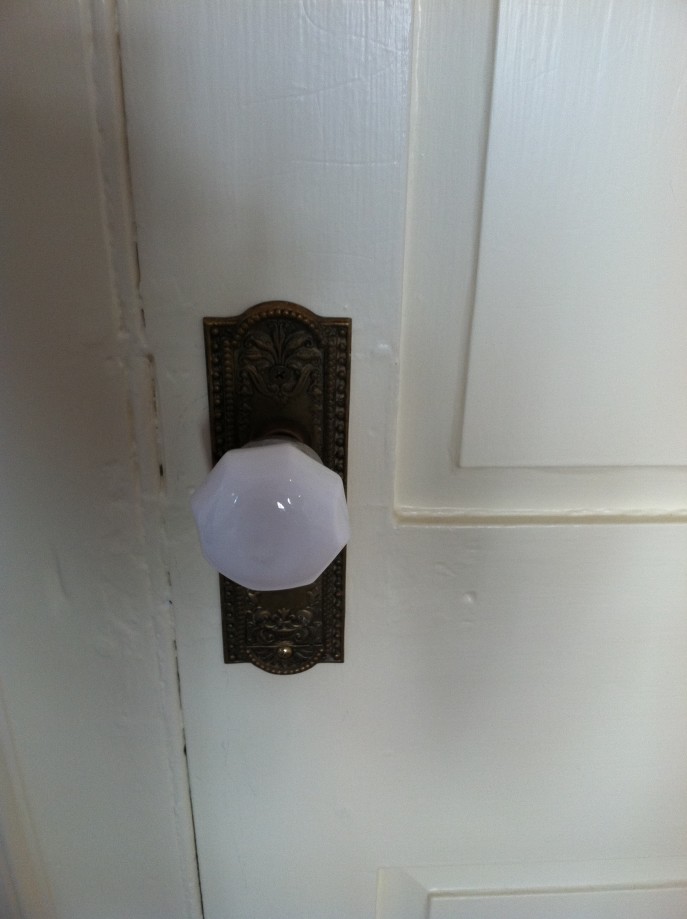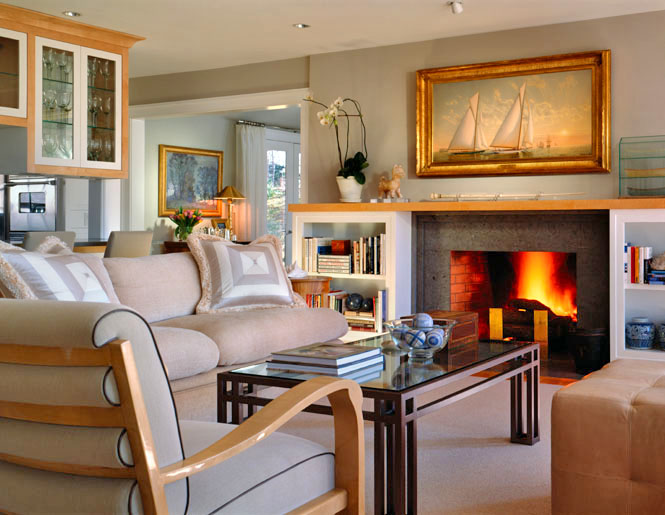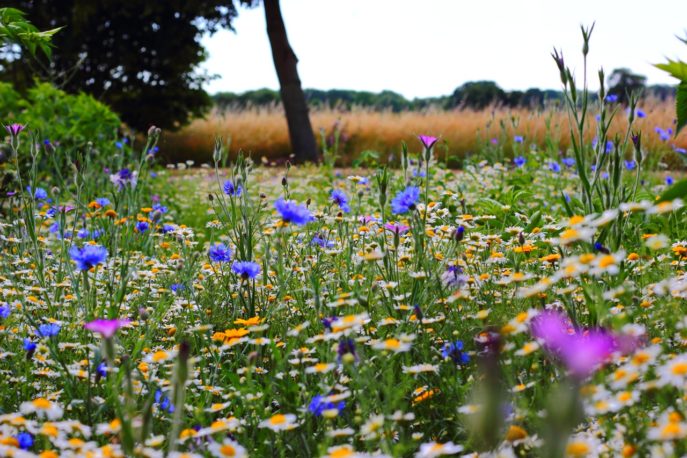
It’s been a beautiful and busy summer for Dujardin Design Associates: new projects, co-chairing the Nantucket Historical Association’s Nantucket by Design Week and creating a Pop-Up Lounge Design, sponsoring the Walk for Autism on Nantucket, and feature articles in Review and ONLY Nantucket, Nantucket Today, and Aspire Design and Home! We just had enough time to catch our breath and we’re off to a fabulous fall! Here’s a peek at all we did this summer:
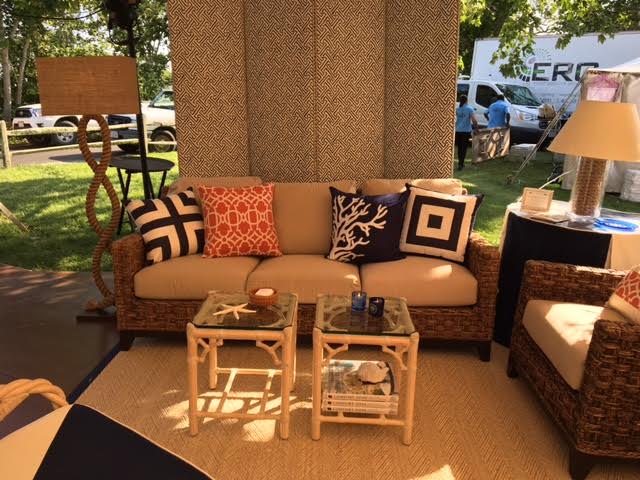
August 2-7 was the Nantucket Historical Association’s Nantucket by Design Week. Dujardin Design Associates was one of four designers asked to create a Pop-Up Lounge Design. Here’s ours–we mixed contemporary and vintage with a classic navy and white color scheme. Perfectly Nantucket!

On August 20th, we once again sponsored an event near and dear to my heart: The Walk for Autism Speaks. The Walk was especially poignant this year as it recalled the life and contributions of Autism Speaks co-founder Suzanne Wright, a longtime client and friend, and beloved Nantucket resident. Suzanne used her time on earth to break the silence around a disorder that affects 70 million children, teens, and adults every day. In doing so, she not only gave a voice to Autism Speaks, but she encouraged everyone in her path to take compassionate action as well. That’s a legacy I admire.
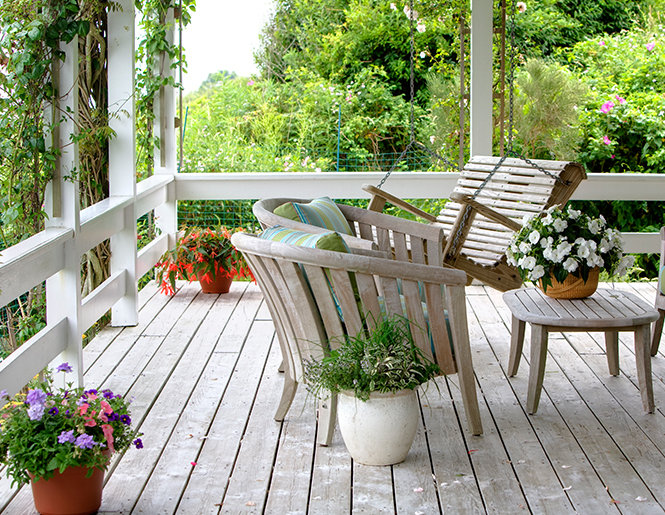
Also this summer we saw a compilation of beautiful outdoor spaces created by Dujardin Design Associates in Nantucket Today’s July issue, in their feature article Pretty Porches: A Private Pleasure. I’ve always said that the joy of a summer cottage is partly to be found in fresh sea breezes and sunshine in a clear blue sky, which is why I love creating what I consider outdoor living rooms. There is nothing more relaxing than a sheltered spot that has all the best of the indoors and outdoors combined, including furniture designed for comfort and the weather, tables to hold an al fresco lunch, and beautiful blooming plants to make you feel like you’re on vacation, even with work in your lap.
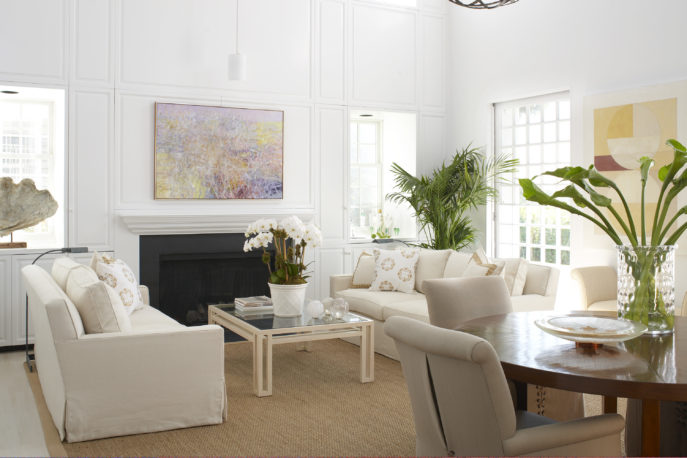
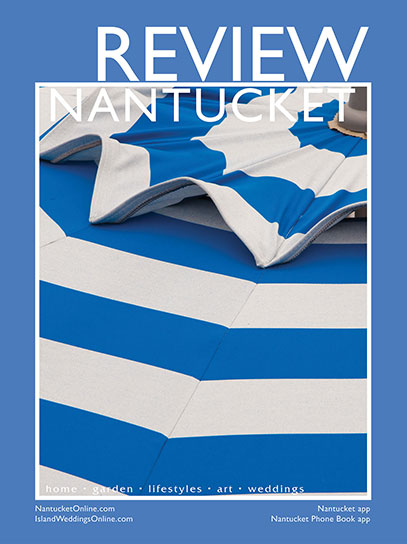
Review and ONLY Nantucket was home to three Dujardin Design articles. In July, readers enjoyed my favorite Dujardin-designed island homes that celebrate the natural world and engage all of our senses in It’s Only Natural. I often remind my clients that because we are part of nature, not separate from it, our homes enhance our health and wellness when we rely on nature’s beauty in our interiors.
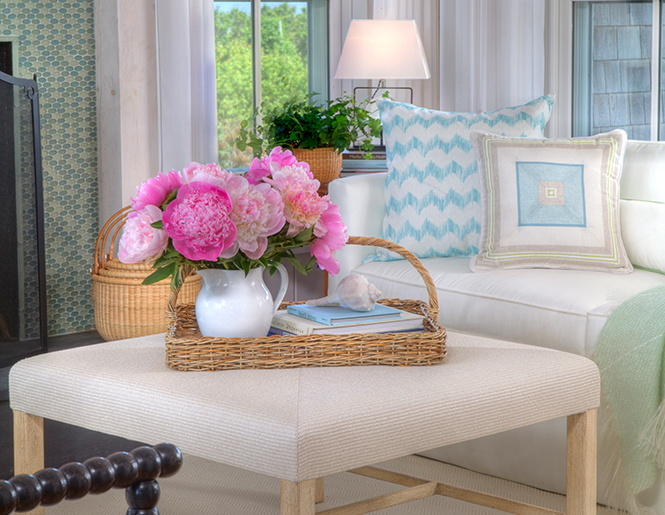

In August, an article in Review titled Bringing the Garden In shared my tips for adding beauty in color, texture, and form through fresh flowers. Flowers connect us to nature, and add a touch of grace to our rooms. I like to keep a small vase of flowers on my desk to brighten my day as I work. My favorite bouquets have always been white, in any combination of flowers, but truly any blooms work: snowdrops in teacups, peonies in pitchers, and anything at all in blue and white Chinese export porcelain.

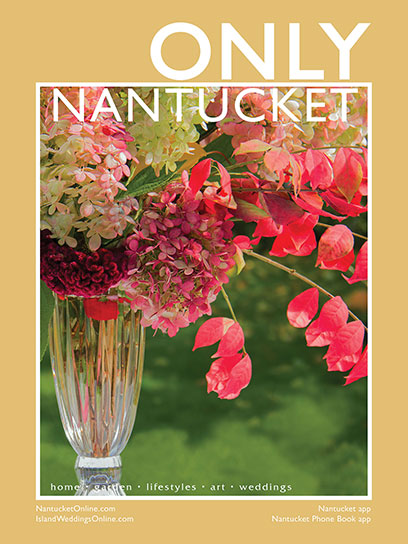
Before the summer season on the island was over, For Love of Whales appeared, a celebration of all things whale on Nantucket. Whether used as a subtle backdrop or a dramatic focal point in homes ranging from traditional to contemporary and everything in between, artwork celebrating the whale is one of my favorite elements of design, and many of my clients agree! Included in the article are facts about how to help whales, still under siege today from commercial whaling, drifting nets cut loose from large fishing vessels, toxic chemicals entering the ocean through run-off, and loud noises created by sonar testing.
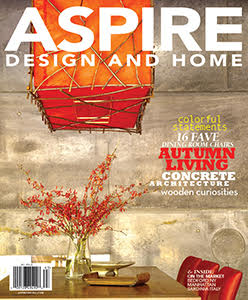

And with the beginning of fall, Aspire Design and Home published a Dujardin-designed Manhattan Park Avenue apartment, aptly named Orange Zest, for its sophisticated neutral color palette of grays and whites enlivened with accents of Hermes orange. Built in 1912, the 3,500 square foot apartment feels more like a house, with two living rooms–one for the parents and the other for their teenage children–that open together in a remarkable light-filled space in a 52 foot enfilade. Aspire Magazine is on stands now–don’t miss this one!

Summer 2016 was fabulous, as are my wonderful memories of so many Nantucket summers. We were blessed with interesting projects, great clients, fun collaborations, and opportunities to give back to the island community we love. Now it’s back to life in Connecticut, ready for a new season. Thanks for coming along on our trip through June, July, and August. Happy Fall!







